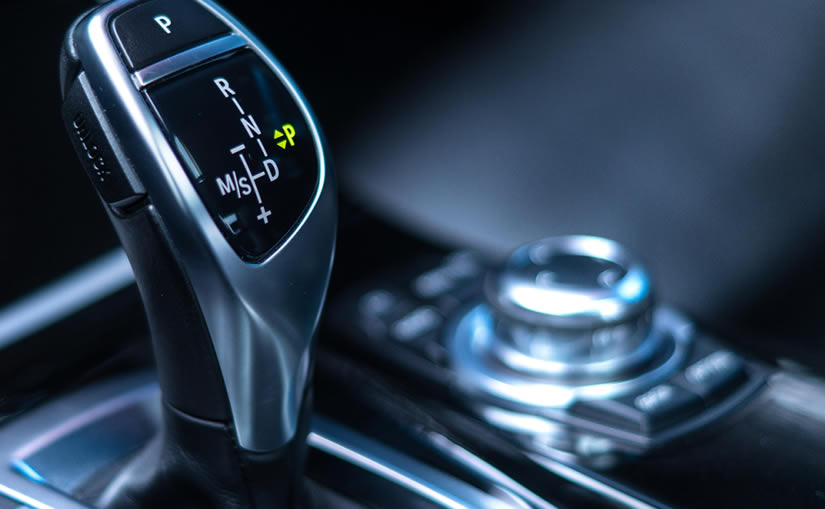In simple terms, when an automatic car is in Park (P), the transmission is locked, preventing the vehicle from moving, but when it’s in Neutral (N), the car is free to freewheel.
Using Park in an Automatic Car
Let’s go into a little more detail about why and when you should use Park (P) in an automatic car.
Why do Automatic Cars have Park?
Automatic cars have Park because it locks the transmission and along with the parking brake, acts as an additional safety system to prevent the vehicle from rolling while unattended. It’s the same principle as a driver of a manual car leaving their vehicle parked in gear and with the parking brake on. For a more in-depth look at ‘Park’, see when to use Park in an automatic car for further information.
What Happens When you put an Automatic Car in Park?
Attached to the gearbox of an automatic car is a metal ring with teeth around it that looks like a metal cog. This ring rotates with the output shaft of the gearbox. When Park is selected in an automatic car, a metal lever called a parking pawl is lowered and locks into the teeth of this ring, preventing the output shaft from rotating and therefore preventing the car from moving.
When Would you use Park in an Automatic Car?
You would generally use Park in an automatic car when you’ve stopped and getting out of the car. You would not normally select Park during the typical stops made throughout the course of normal driving. If you are stopped for an extended period of time, perhaps due to an incident in the road ahead for example, you may want to consider selecting Park. First apply the parking brake, shift into Park and switch off the engine.
Do you have to use the Parking Brake Every Time You Park?
When you select Park in an automatic car, the transmission locking system is robust and capable of preventing the vehicle from rolling. However, you should always use the parking brake as an additional safety precaution just in case the transmission locking system fails.
Using Neutral in an Automatic Car
Now we’ll go into detail about why and when you should use Neutral (N) in an automatic car.
Why do Automatic Cars have Neutral?
Automatic cars have neutral because unlike ‘Park’, neutral does not lock the transmission. When in neutral, an automatic car is able to freewheel.
When Would you use Neutral in an Automatic Car?
Because an automatic car is able to roll unrestricted while in neutral, you should select neutral when:
- Using a rolling-type car wash
- Being towed
- Attempting to push the car
Should You put an Automatic Car in Neutral at Traffic Lights?
When driving, particularly at night, you should consider that your brake lights might dazzle the occupants of the following vehicle. Traffic lights do vary in their timings based on the junction, but if you’ve just joined a queue and it looks like things are moving slowly, apply the parking brake, select neutral and remove your foot from the brake pedal.
Putting an Automatic Car into Neutral While Driving
It’s not a good idea to put your automatic car into neutral while driving. This is called coasting and it means you’ll lose the benefit of engine braking. If an immediate need arises, you’ll also lose the ability to accelerate and putting the shift lever from neutral into drive while the car is moving, depending on your vehicle’s transmission type can cause damage to the gearbox.
In terms of fuel savings, modern vehicle electronics are designed to cut fuel to the engine when the accelerator pedal is not in use, helping to save fuel, so there’s very little benefit to putting an automatic car into neutral while driving.

Thanks for your information . i am read your article i am very impressive.
Do the Park mode and Drive mode both operates the clutches inside the automatic transmission in which in Neutral clutches clutches are free?